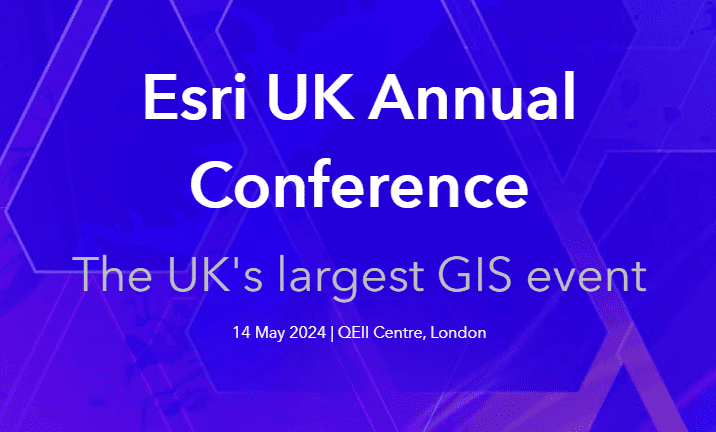Calculate your vehicles carbon footprint using the MGISS carbon calculator located on our website.

Throughout my time at University, I’ve been lucky enough to engage with many environmental initiatives, most importantly those related to climate change and sustainability. Though these interests have been persistent, the pandemic has really opened my eyes to the current extent of our climate crisis and the immediate steps that must be taken to ensure a carbon neutral future.
Sustainability is defined by the Brundtland Report (1987) as; ‘Development that meets the needs of the present without compromising the ability of future generations to meet their own needs’. Over the years there have been many sustainable initiatives set up to combat issues in the developing world, but it is the UN’s Sustainable Development Goals (also known as SDGs) that form the pinnacle benchmark for the 21st century. With 17 goals and 169 indicators, the SDGs were built in response to socio-economic crises with the aim of reinvigorating the development agenda, whilst ending poverty, protecting the planet, and ensuring prosperity for all. Although, progression has come to a halt. With only a decade left to achieve these goals what can we do to help?
So where does MGISS come in?
Applications of GIS and remote sensing technology play a significant role in the measurement and continued monitoring of SDG targets (https://sdgs.un.org/goals). Recent GIS developments provide field surveying data with a synoptic view covering both global and local areas at various spatial resolutions. These tools can then, for example, monitor the impact of climate change on different components of our ecosystems and biospheres. This would cover the goals and targets under SDGs 11, 12, 13, 14 and 15, in relation to sustainable land and environmental management. In addition, GIS and mobile mapping can be used to examine geospatial disparities within poverty alleviation and inequality, identifying data gaps and providing the information to fill them.
MGISS are now actively involved on a local level, contributing to the Liverpool City Region Pathway to Net Zero, an initiative set up by the 2030hub to fill in the data gaps missing within Liverpool’s SDG database.
Sustainability Initiatives at MGISS
At present, MGISS is involved with 3 sustainability initiatives spanning data networking and carbon footprint analyses, whilst working towards earning our own environmental credentials under the International ISO Standards.
As an SME that produces no toxic or chemical waste, the majority of our carbon emissions stem from employee commuting, accounting for approximately 70-80% of our annual carbon emissions. To further calculate and counteract our emissions, we are currently exploring options with a representative at the Low Carbon Eco-Innovatory at Liverpool John Moore’s University. From this, we hope to develop and implement solutions to reduce and offset our emissions.
You can calculate your vehicles carbon footprint using the MGISS carbon calculator located on our website:
Considering the broad range of SDGs and their targets, geospatial data and technology remains a significant tool for monitoring the SDGs roadmap to success. Whilst MGISS is not directly linked to the monitoring of the global SDGs, we can still make our mark within local sustainable initiatives, reducing our carbon footprint and potentially, in the future, providing more sustainable geospatial solutions to the market.
Here at MGISS, we are progressing towards making our own carbon commitments … Are you?
About
Empowering your decision making with the asset data truth. Independently advising on the smarter use of Geospatial data, technology and the digital transformation of field operations.



